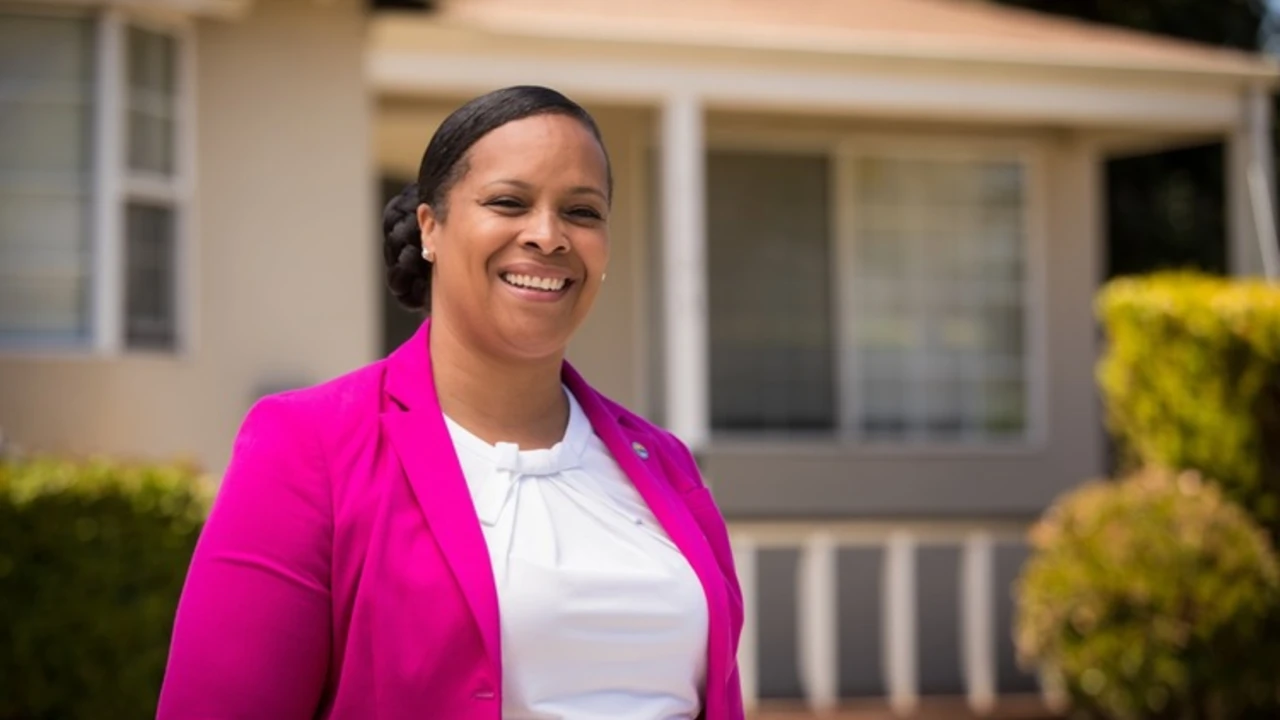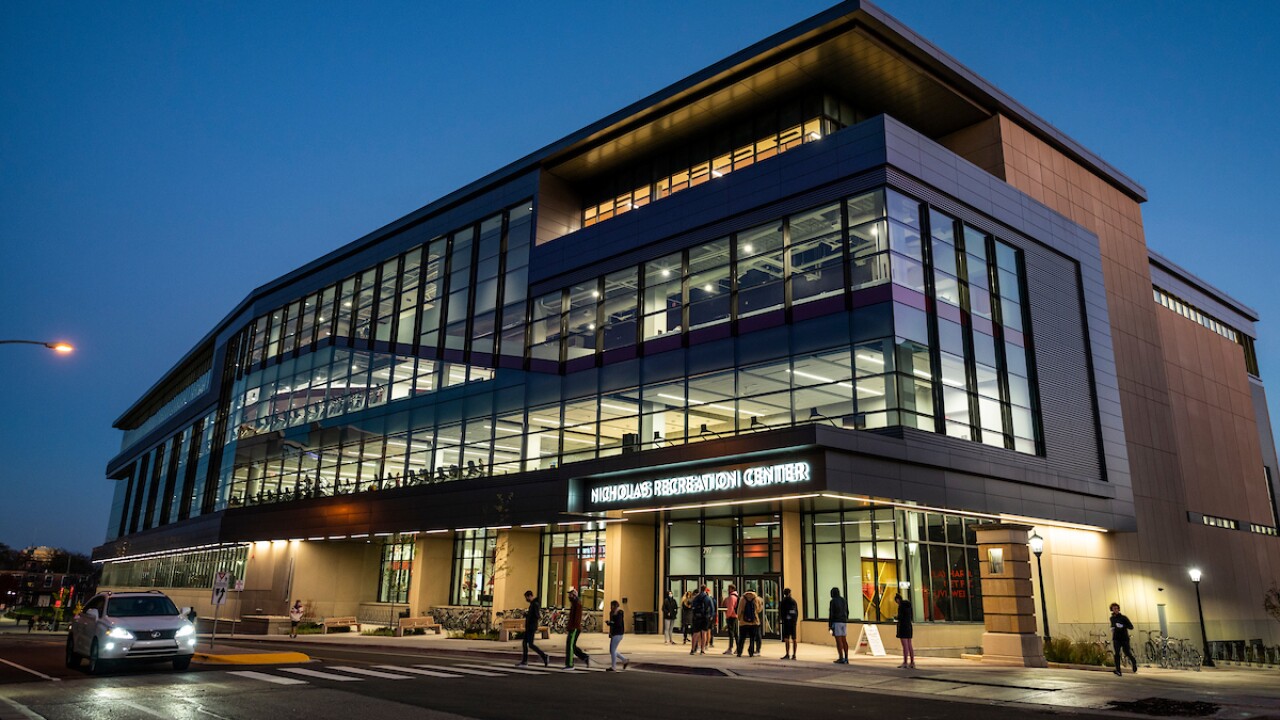In 2016, the District of Columbia Water and Sewer Authority (DC Water) was under a federal court order to fix its combined sewer system, which dumped raw sewage into the nearby Potomac River after heavy rains.
The price tag was steep: nearly $1 billion for the planned installation of just one of three massive tunnels that would hold storm runoff at bay until wastewater plants could treat it all. So DC Water was searching for an alternative fix that might also provide other benefits to the city. Its tentative answer — a pilot project to install about 20 acres of nature-mimicking green infrastructure — was promising but experimental. If it worked, another 345 acres of green infrastructure might be able to replace the tunnel.
To fund its innovative venture, DC Water chose an Environmental Impact Bond (EIB), the first of its kind ever issued in the United States. (In the end, DC Water learned that a hybrid approach would probably work best, but the financing for the pilot proved very useful.) Today, other American cities are following suit. EIBs have now been issued for major infrastructure projects in
EIB Application in the Chesapeake Bay Context
EIBs are essentially “green” municipal bonds that fund environmentally beneficial projects and disclose quantitative results of those projects to both bond investors and the community. They are one answer to two converging trends. One is the pressure communities across the country face to update aging stormwater infrastructure, meet increasingly stringent water quality standards, and ameliorate local flooding that is worsening with the advance of climate change. And two, there is a growing demand from investors for bonds that achieve measurable environmental and social benefits.
The Chesapeake Bay watershed, within which Washington, D.C., lies, is a prime example. Many municipalities across the 64,000-square-mile watershed (which includes parts of six states and the District of Columbia) are required to reduce stormwater pollution in accordance with the Bay’s Total Maximum Daily Load (TMDL), a set of science-based pollution limits designed to restore ecological function to the Bay.
Green infrastructure that mimics nature offers opportunities to address stormwater in a way that restores health to waterways, reduces flooding, revitalizes local communities and economies, and improves urban quality of life. However, obtaining substantial new money for these purposes is still difficult, and the more innovative the projects, the harder they are to finance. Many local jurisdictions are hard-pressed to come up with the financial wherewithal to pay for the upgrades in a timely manner.
In 2017, the Chesapeake Bay Foundation (CBF), a nonprofit environmental organization, teamed up with Quantified Ventures, an outcomes-based capital firm, to launch a three-year project to explore the potential application of EIBs to finance this urgent infrastructure need. The results were mixed. While many municipalities in the greater Chesapeake watershed expressed potential interest in EIBs, significant impediments prevented most from issuing such a bond.
In one model of an EIB, the amount of payback investors receive may hinge on how well the innovative or pilot green infrastructure performs, paying differently based on carefully modeled performance rates that outline the parameters of under-, over-, and as-expected performance. But the special, TMDL-related regulatory framework in the Chesapeake Bay watershed gives credit only for the completion of a so-called best management practice to reduce stormwater pollution. Because municipalities in the watershed do not receivemorecredit if their projects perform better than expected, one incentive for using this model of an EIB was lost.
Additionally, small towns and cities may not have the need to raise enough capital, for either single or a group of “bundled” projects, to make developing an EIB cost-efficient or attractive to investors. Since most municipalities in the Bay watershed are quite small, their traditional means of paying for stormwater infrastructure—such as general funds, grants, and state revolving funds—already made sense, as long as project costs were not too high and the wait was not too long.
But for one city, an EIB offered a financing solution for a suite of projects designed to improve water quality in the Chesapeake Bay, mitigate climate impacts, and address inequality.
The city of Hampton, Virginia, is located in the Commonwealth’s “Tidewater” area. Beyond requirements to reduce pollution in accordance with its stormwater permit, Hampton realized it was facing other water-related and equity challenges, not the least of which included regular (and increasing) tidal- and storm-related flooding of numerous residential and commercial areas, linked to climate change. To address these compounding issues, the city launched
The effort involved the community in developing a set of values and principles, undertaking a multiphase land use study, and hiring outside consultants from New Orleans and the Netherlands to help develop resiliency plans for “living with water,” resulting in a comprehensive water
The city ultimately chose an EIB to finance three large, innovative projects from the plan: a “blueway” that retrofits Newmarket Creek’s large main drainage channel and some side channels with bioretention cells and increases its capacity to store water using weirs (see below); a road-raising and bioswale installation on a major thoroughfare and evacuation route; and the transformation of a retention pond into a purpose-built stormwater park with wetlands and water detention terraces. Recreational walking and biking trails are planned for the future within and along these projects, with other funding.
The Hampton EIB was issued in December 2020 for a total of $12 million in capital, with winning bids from major international investors collectively presenting a favorable interest rate for the city of less than 2%. The three projects are currently continuing toward final design and are slated to begin construction during FY2022 and FY2023. Unlike those in Atlanta and the District of Columbia, the Hampton EIB is “disclosure only,” meaning the measured outcome—in this case, the volume of water stored and managed by the projects — will be disclosed to the impact investors and the city but will not affect the return on investment or the cost of the bond to the City.
Beyond stormwater management, the city expects the projects to result in a variety of co-benefits. The road-raising, for example, will eliminate traffic disruptions from a current average of 92 hours of flooding per year, affecting an average of 45,000 vehicle trips annually. All three resilience projects and their vegetation will help reduce localized urban heat island effects, lessen localized flooding, improve air quality, and provide neighborhood green space.
This project in the Chesapeake Bay watershed begins to address what conditions are necessary for EIBs to be an effective tool for helping localities meet the financial challenges that inevitably underlie the environmental and climate change challenges they increasingly face. While EIBs are not suitable for every situation, they do provide an additional way to finance green infrastructure when funds are hard to come by, and they can introduce new investors to a city. Notably, due to unfamiliarity with this new financial instrument, success is heavily dependent on the deep engagement of the community and city officials who can champion the project, as well as strong communications and working relationships among city departments, outside consultants and the financing team.
While an EIB obviously isn’t for every municipality nor for every green infrastructure need, the Hampton example demonstrates the promise of EIBs when applied to innovative projects that aim to not only reduce pollution, but also improve quality of life.





